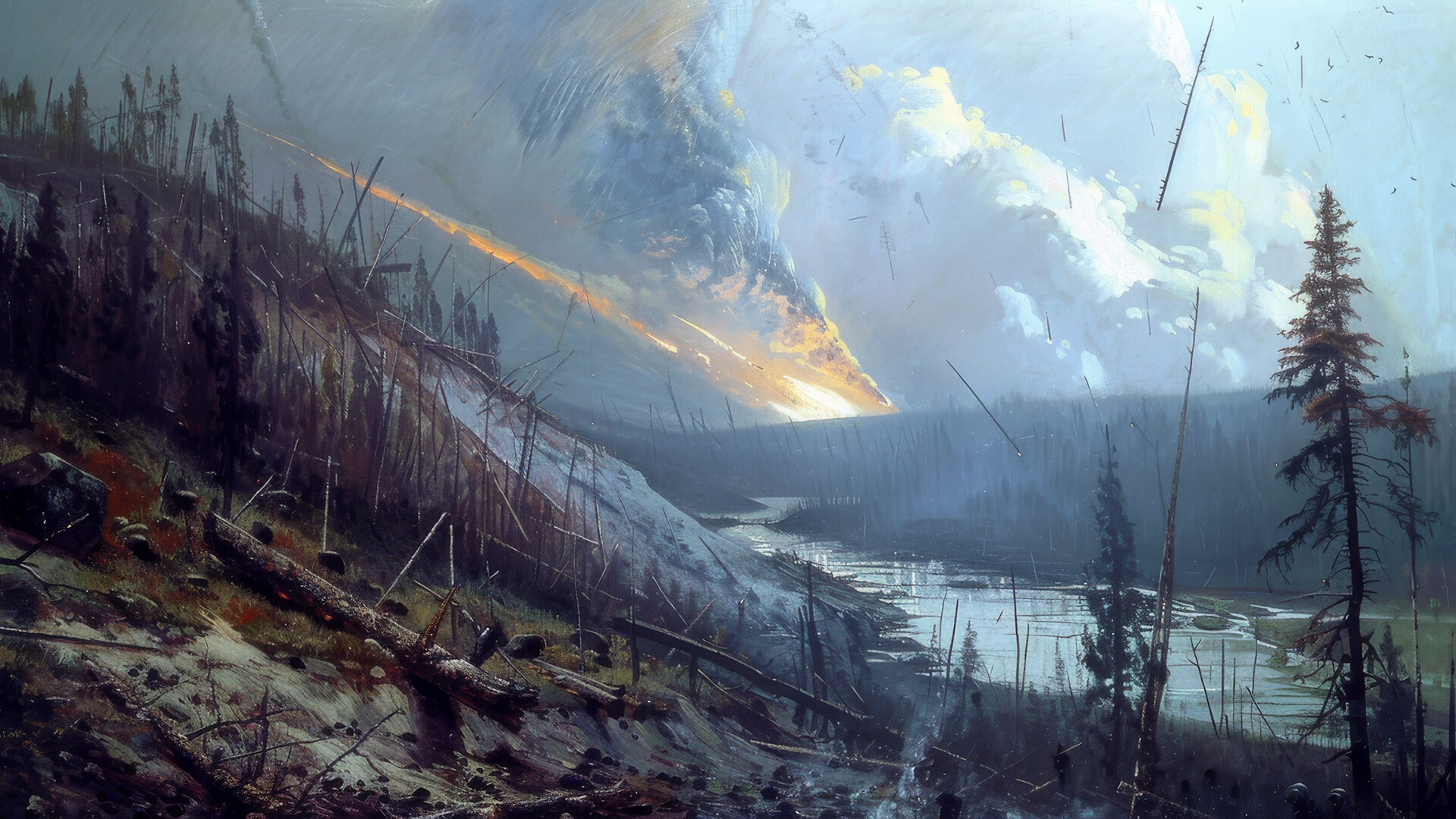
In the Summer of 1908, an unidentified space object fell in the Siberian taiga and exploded over the Podkamennaya Tunguska River. The explosion was so powerful that it wiped out every tree within a 40-km radius and the blast wave even blew out the windows in houses hundreds of kilometers from the epicenter!
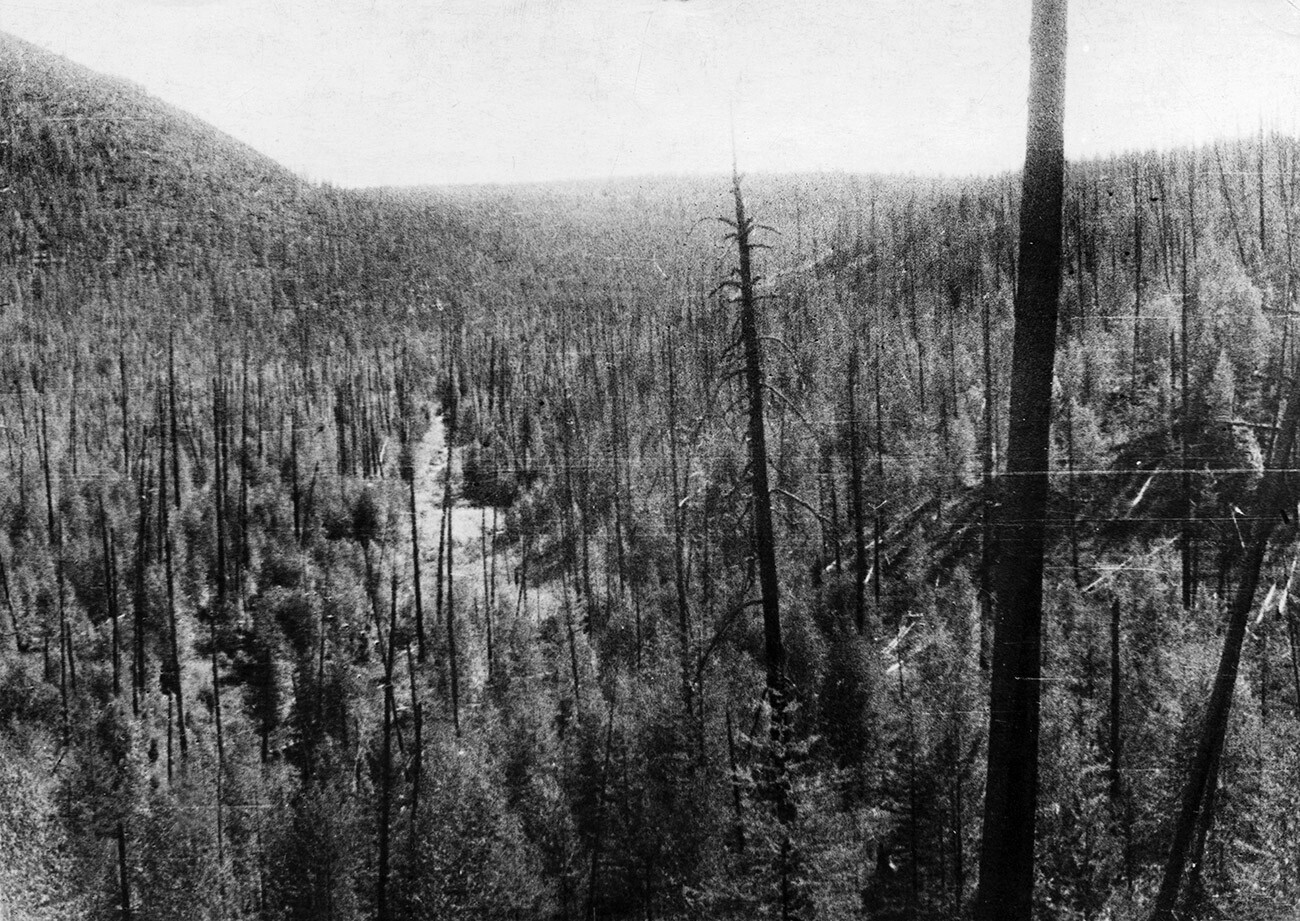
The valley of the Churgima stream, 4 km south of where the meteorite fell in 1908.
Sovfoto/Universal Images Group/Getty ImagesAfter the fall of the celestial body, the entire Northern Hemisphere observed magnetic storms, flares, silvery clouds and “bright nights” where they had never been before. Seismographs in Irkutsk, Tbilisi, Tashkent and even in Thuringia recorded the blast wave.
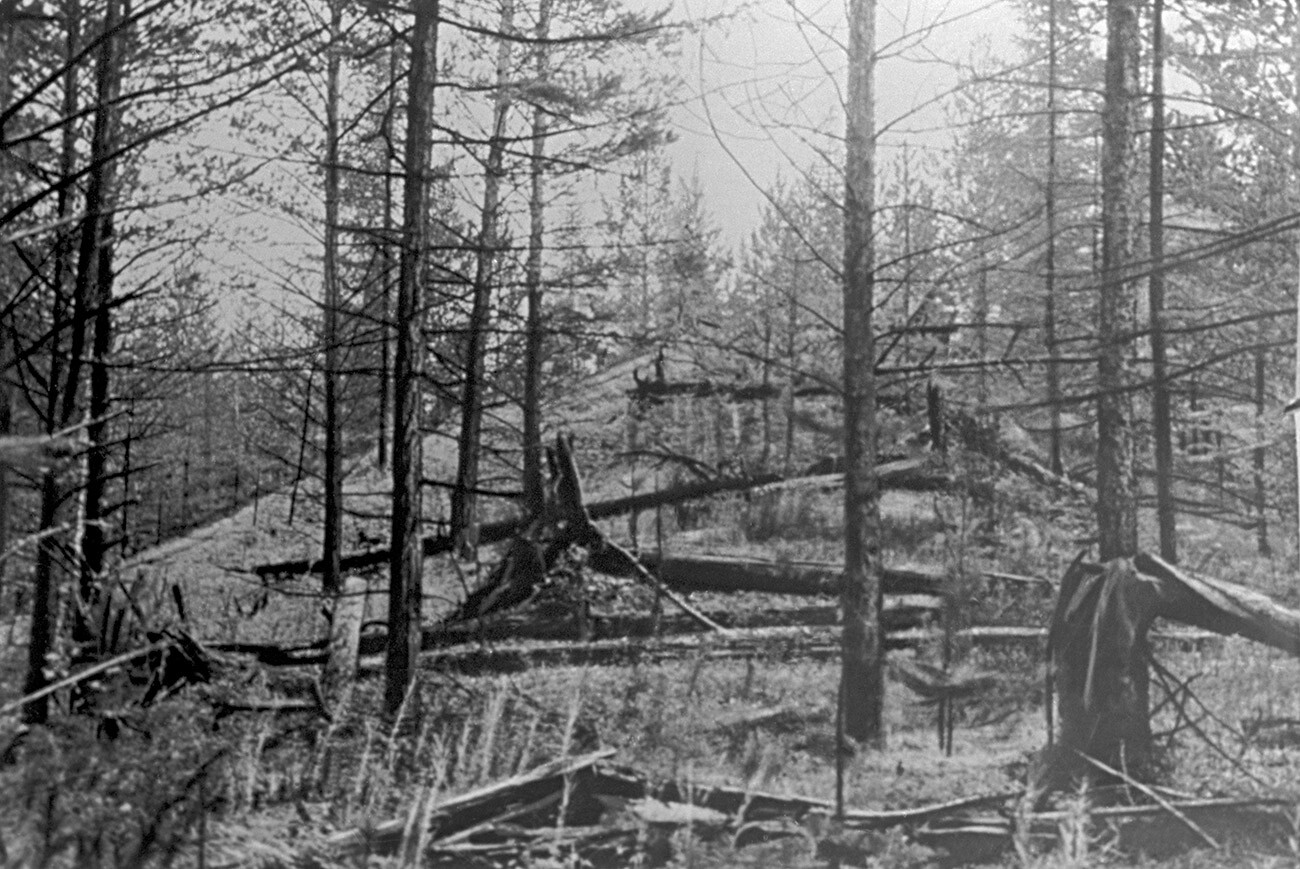
Around the area where the Tunguska meteorite fell.
Nikolay Pashin/SputnikThe mystery of the incident is that, so far, scientists have not figured out whether it was a meteorite, a comet or a technogenic phenomenon, in general.
As the area where the space object fell was deserted, so, fortunately, there were no casualties. The first eyewitness reports were collected by local newspapers.
The ‘Sibir’ newspaper wrote on July 2 (old style), 1908, that peasants in the north of Irkutsk province saw “a glowing white bluish light body moving for 10 minutes from top to bottom”.
“All the inhabitants of the village ran down the street in panic fear, the broads were crying, everyone thought that the end of the world was coming,” wrote the author of the article. At that time, he himself was not far from the county town of Kirensk and heard “as if a cannon firing, repeated at intervals for 15 minutes several (at least 15) times. In Kirensk, in some houses, in the walls facing northwest, the glass rattled.” Eyewitnesses in the area also reported seeing a “fireball”.
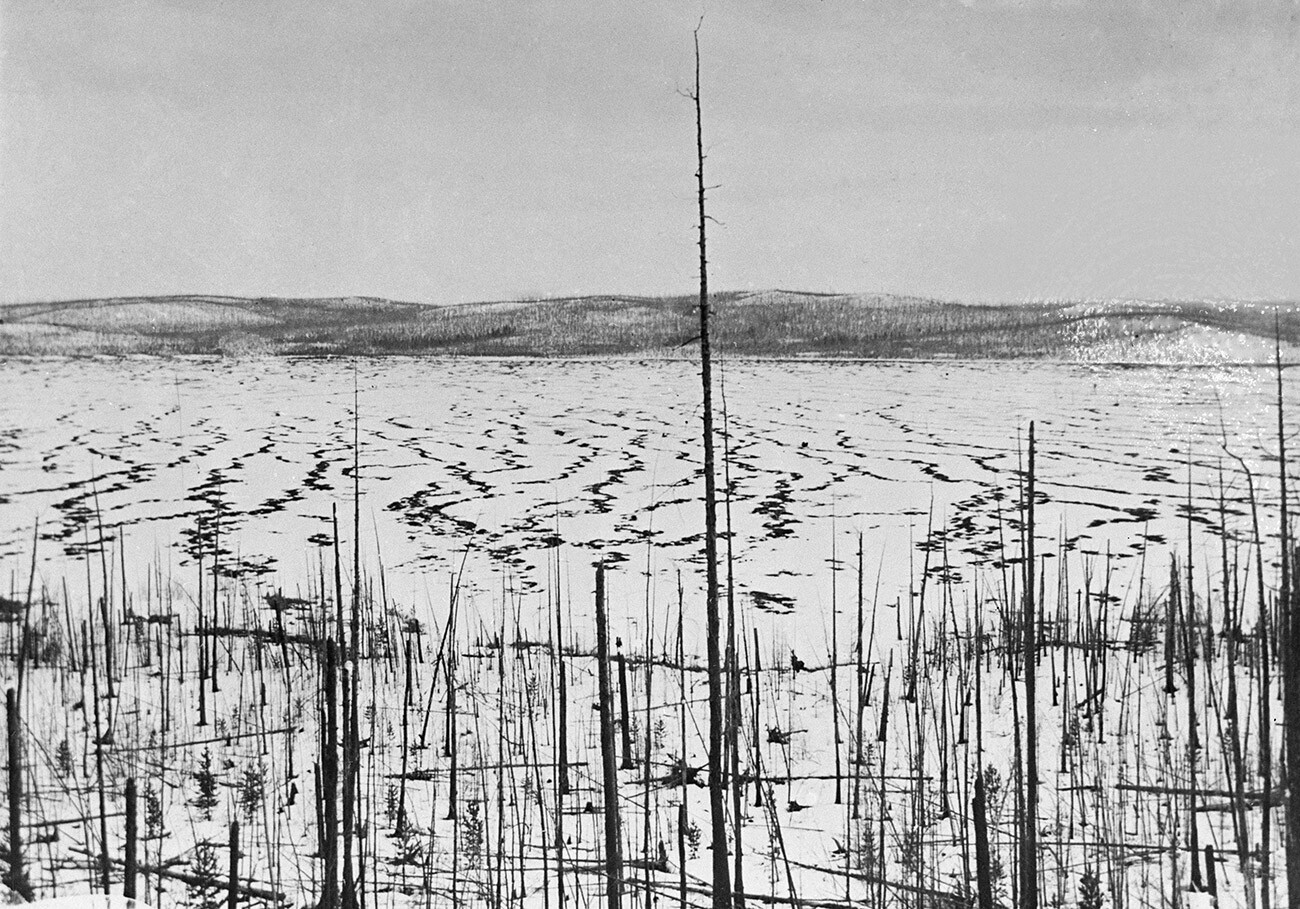
“The phenomenon has excited a mass of speculation. Some say it's a huge meteorite, others say it's ball lightning,” the journalist wrote.
A couple weeks later, the ‘Krasnoyarets’ newspaper reported on the “extraordinary atmospheric phenomenon”. They noted that there were both tremors and an ash cloud, but “most eyewitnesses decided that the shocks were caused by artillery firing opened by the Japanese” (the Russo-Japanese War ended in 1905).
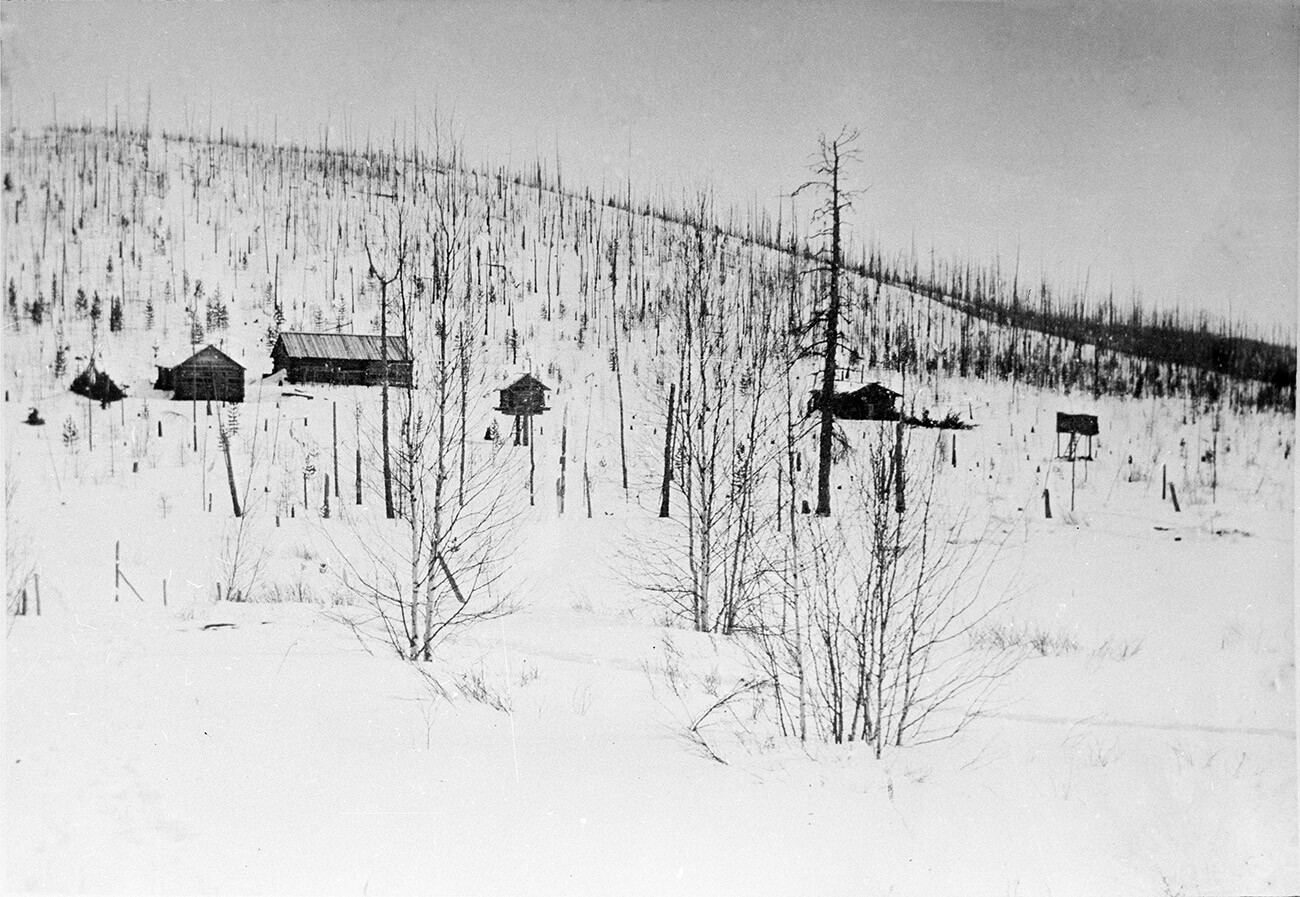
And the ‘Golos Tomska’ newspaper described an earthquake and an underground shock in the town of Kansk, which is 600 kilometers away. “Doors, windows, lamps at the icons - everything shook. A rumbling sound was heard, like a distant cannon shot.”
The Tunguska phenomenon began to be studied only in the 1920s. Under the leadership of Soviet scientist-geologist Leonid Kulik, expeditions were sent to the site of the explosion seven times. After World War II, his understudies also went to the epicenter. In almost a century of research, they collected hundreds of testimonies of residents of the surrounding villages.
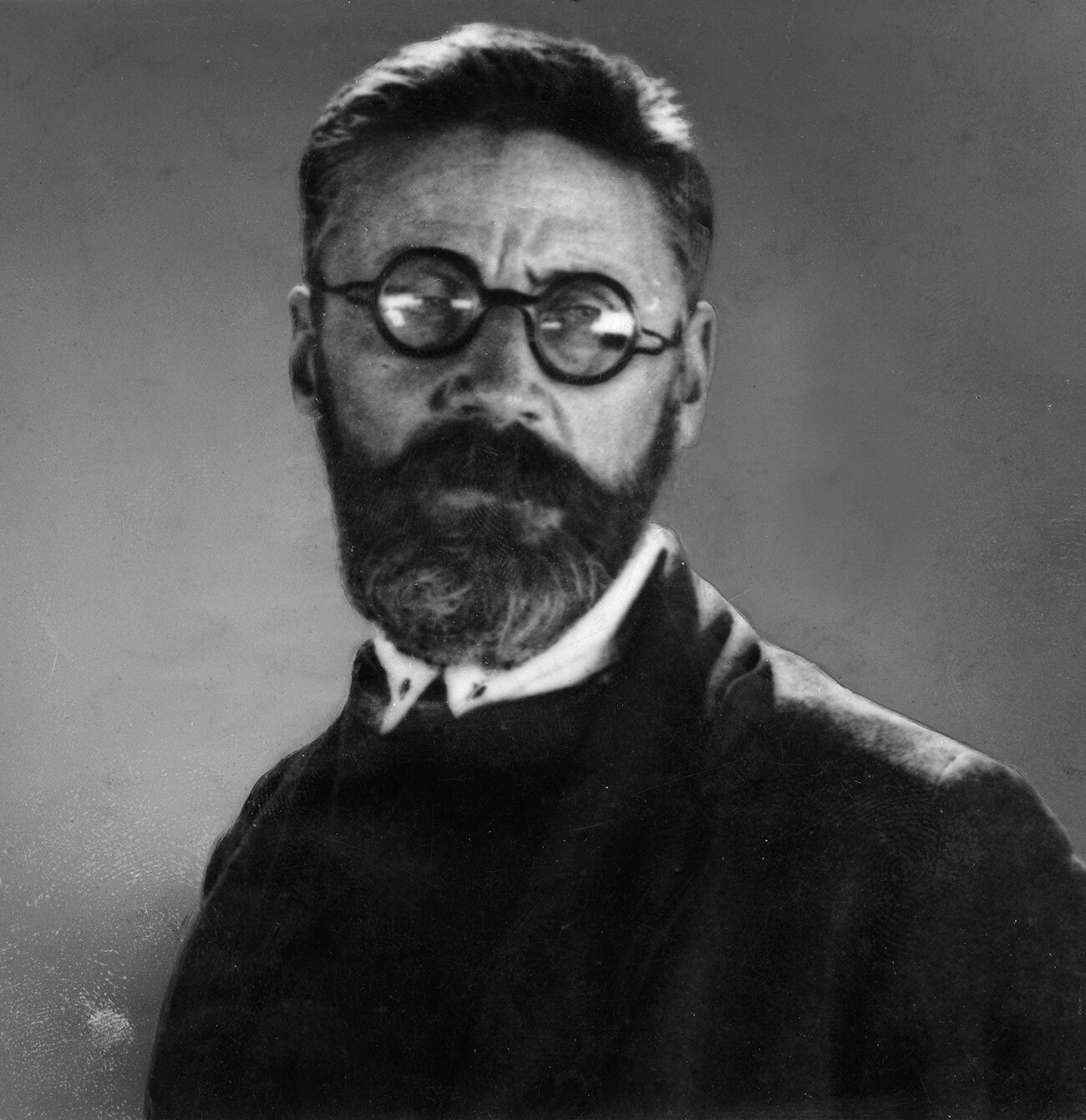
Professor Leonid Kulik.
Sovfoto/Universal Images Group/Getty ImagesKulik explored the “dead forest” together with a local guide. The latter told him that, after the object had fallen, residents began finding dead reindeer and burnt taiga barns (labazy).
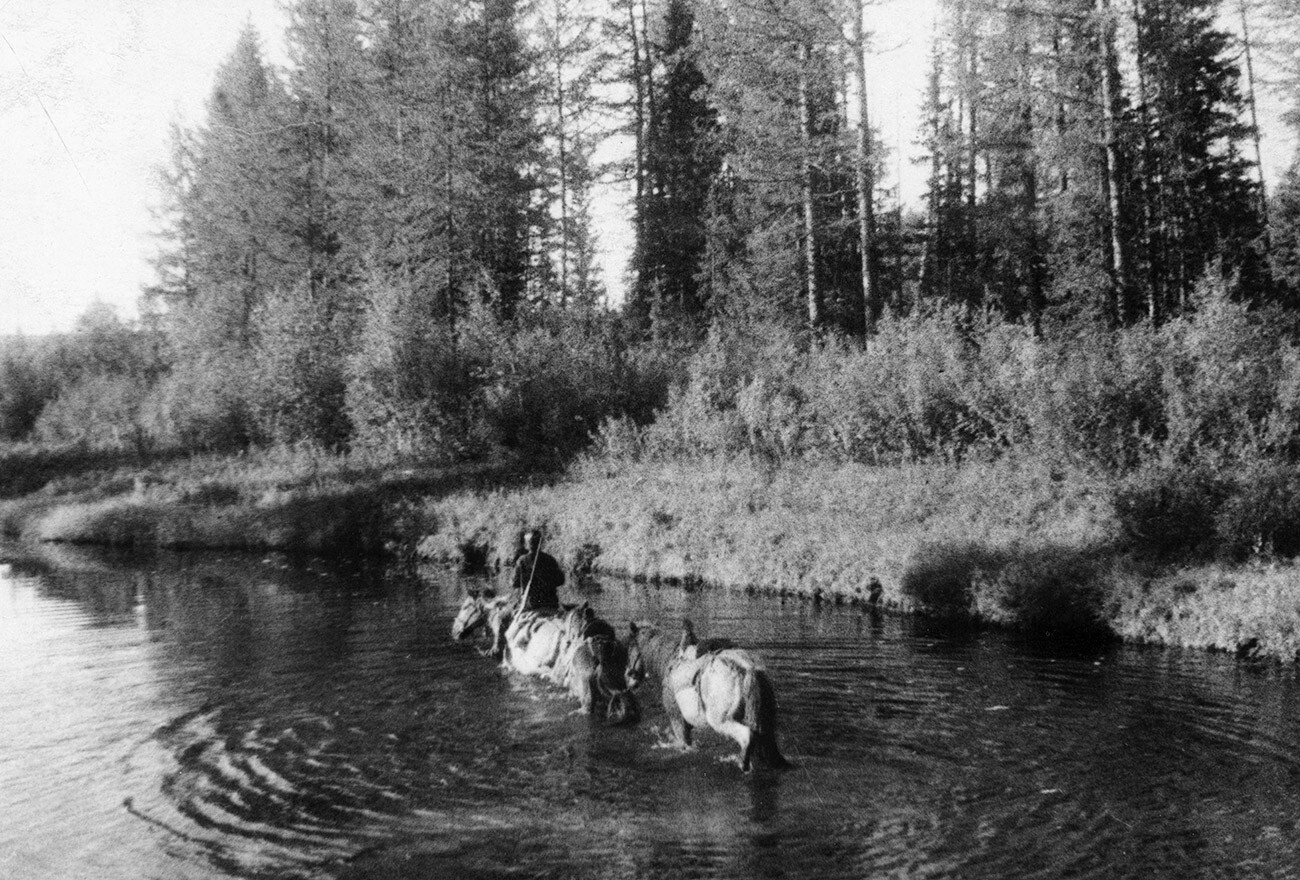
Professor Leonid Kulik is seen crossing the Khushmo river on horse back 7 km from where the meteorite fell in 1908.
Sovfoto/Universal Images Group/Getty ImagesThe locals also wanted to know the secret of the space object. In 1962, Viktor Konenkin, a school math teacher from the village of Varnavara, asked residents of the surrounding villages to remember that day. His notes were published in 1967 in the Tomsk University Press. Almost everyone spoke about the “fire sheaf” and explosions.
“I heard a rumble and looked to the south of Yerbogachen [a village in the north of Irkutsk Region]. I saw a sheaf of fire flying across the sky,” recalled Theophan Farkov, born in 1897. “It was flying fast, but I managed to see that it was oblong in shape, the head was darker and then the flame began, followed by sparks. <...> The windows rattled. Then everyone was frightened and said, 'A light martyrdom!’”
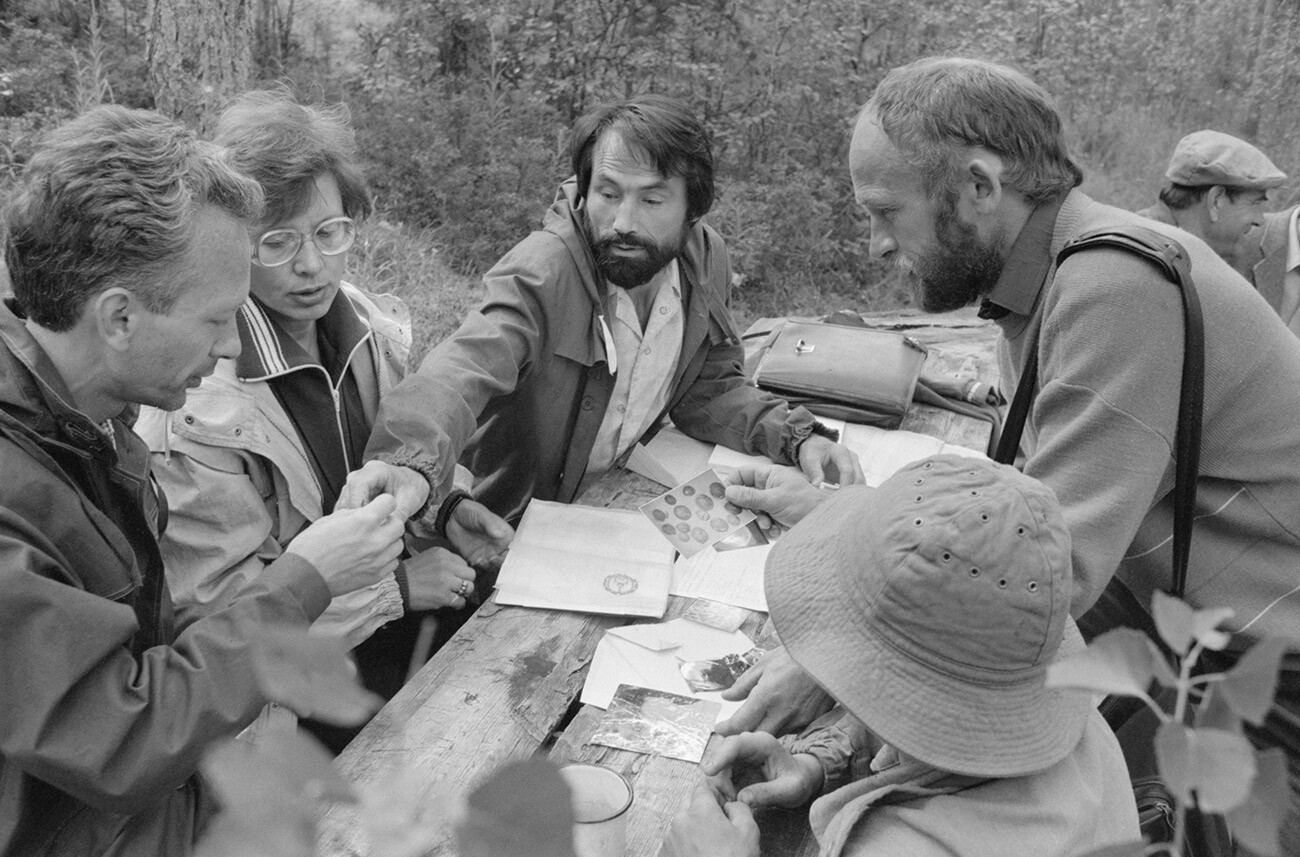
Expedition to the site of the fall of the Tunguska meteorite.
Vladimir Medvedev/TASS“I saw very well a red balloon flying from left to right heading south. After that, gunshots were heard. Everyone was frightened, the old Evenki men put on their best clothes, preparing to die, but death did not come,” said Elena Safyannikova, born in 1898.
“When the sheaf of fire fell over the horizon, the flames of fire soared upward from there and then smoke rose, which was visible for a long time. After that, about 3-4 minutes later, three 'shots' rang out, the first two were weaker and the last third was very loud,” Stepan Permyakov, born in 1891, recounted.
“In the Summer of 1908, one morning, I went out on the porch of this very house (from where the northwest, north and northeast sides of the horizon are clearly visible) and I could see a huge sheaf of fire falling behind the woods. The fire was round and there were sparks behind it,” said Nadezhda Konenkina, born in 1890 from the village of Preobrazhenka. “Soon, the ground began to shake and a tremendous thunder was heard. And others in the village said that a planet had fallen,” she recalled.
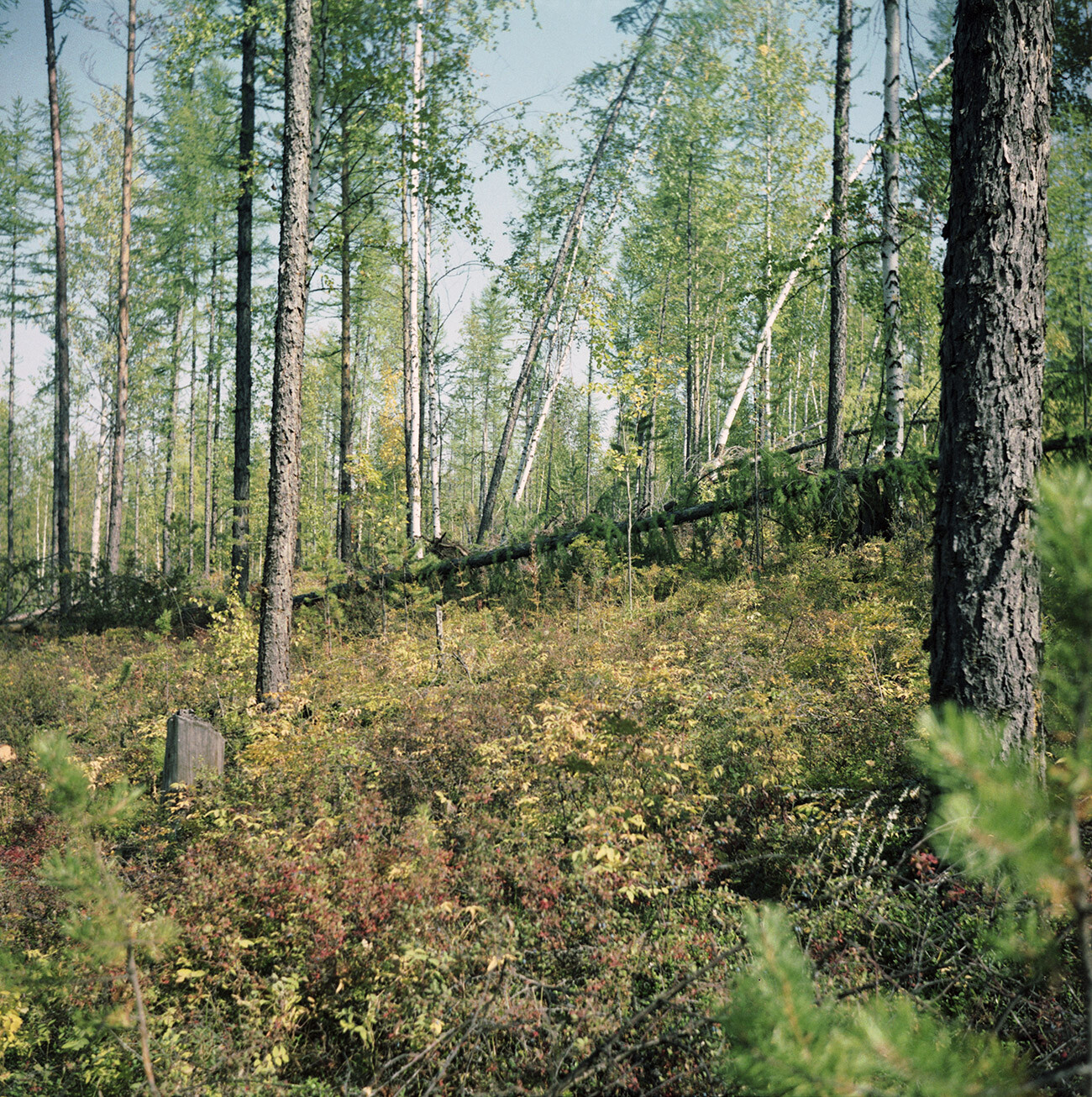
Dear readers,
Our website and social media accounts are under threat of being restricted or banned, due to the current circumstances. So, to keep up with our latest content, simply do the following:
If using any of Russia Beyond's content, partly or in full, always provide an active hyperlink to the original material.
Subscribe
to our newsletter!
Get the week's best stories straight to your inbox